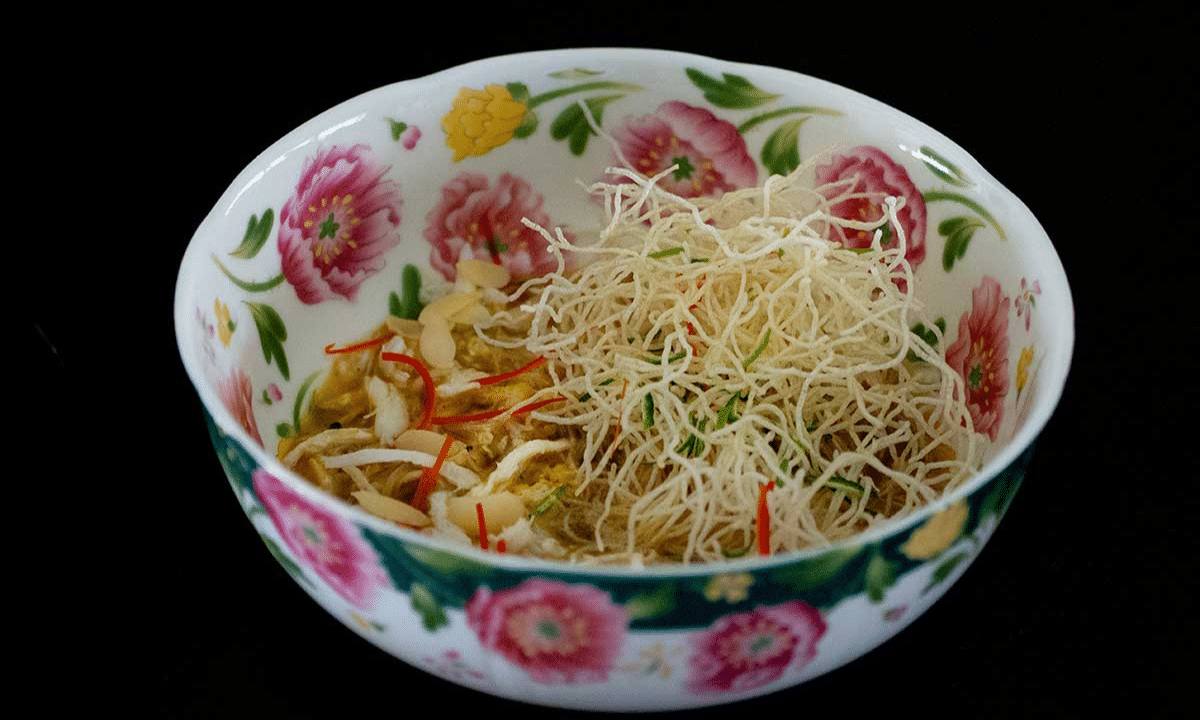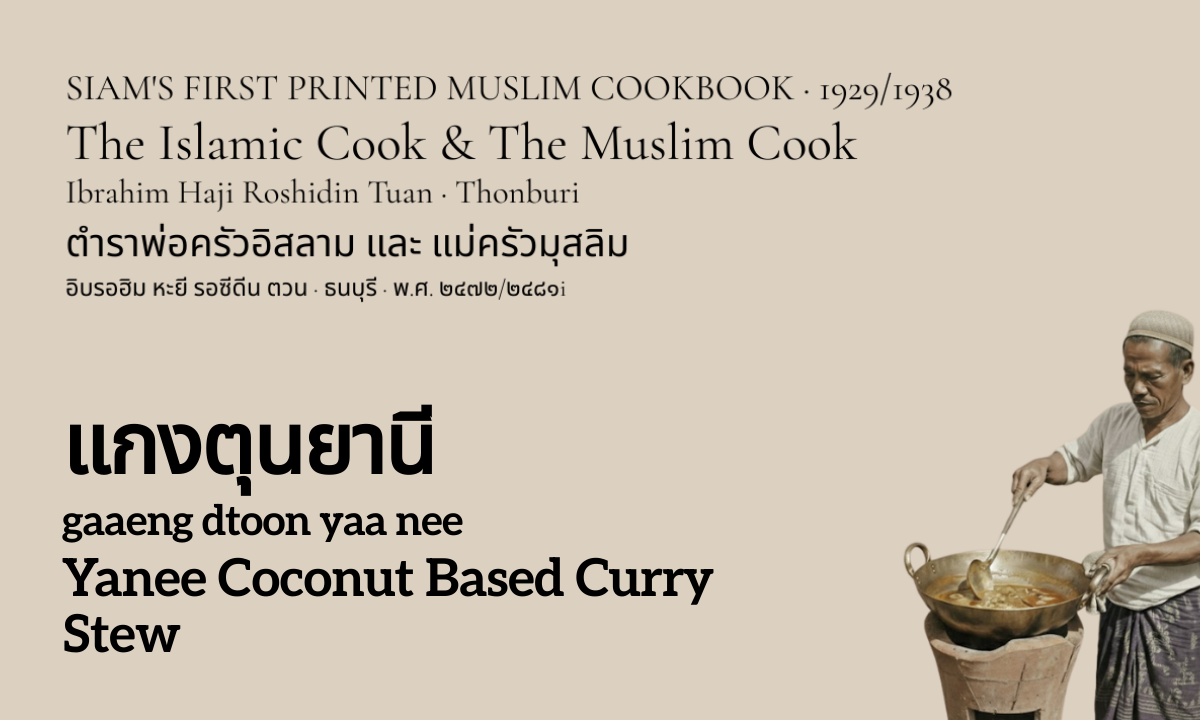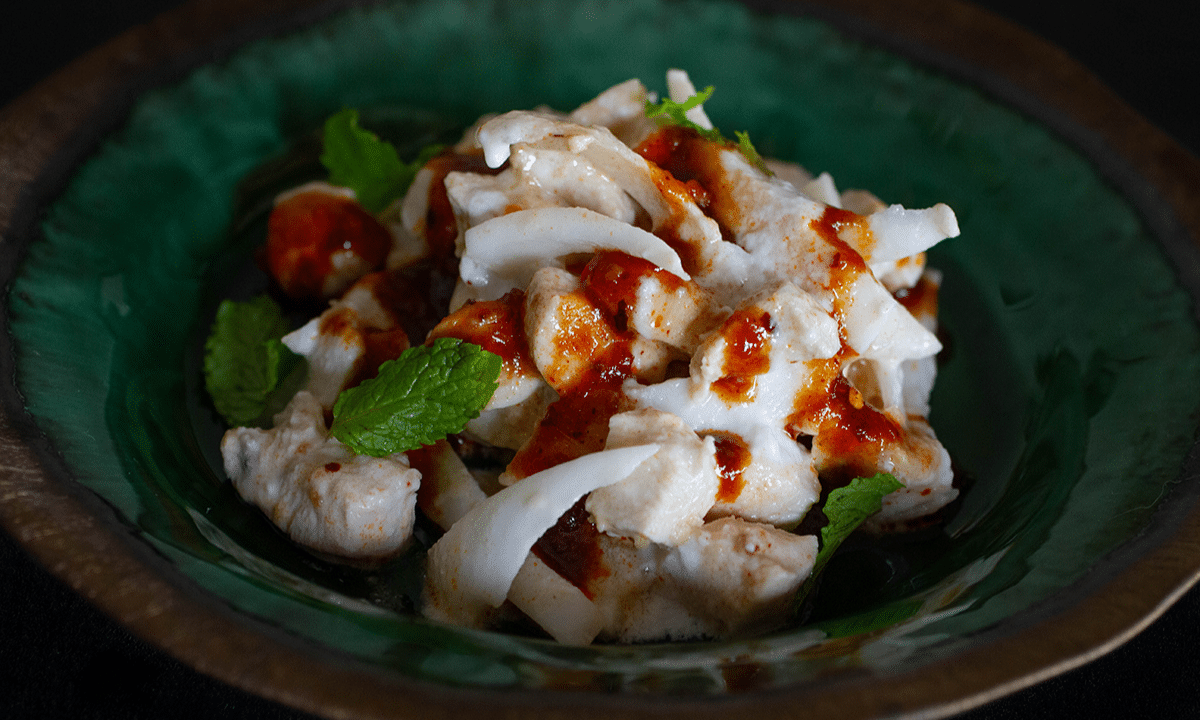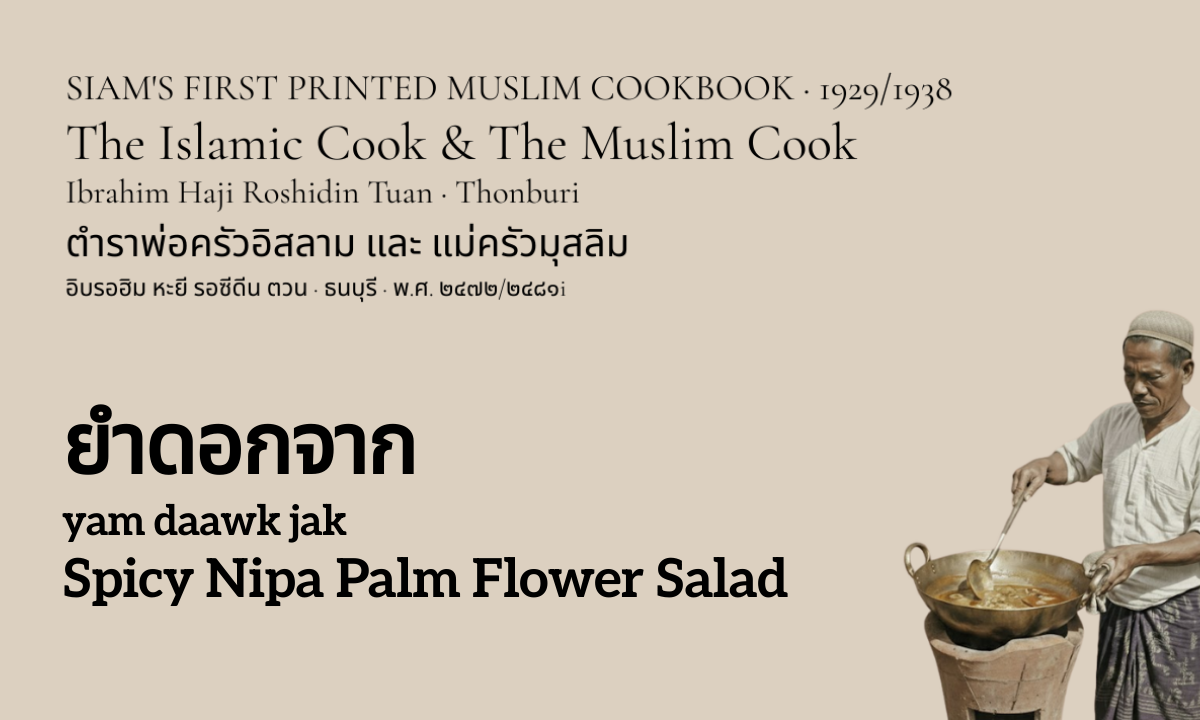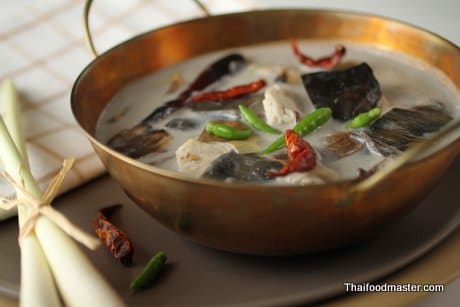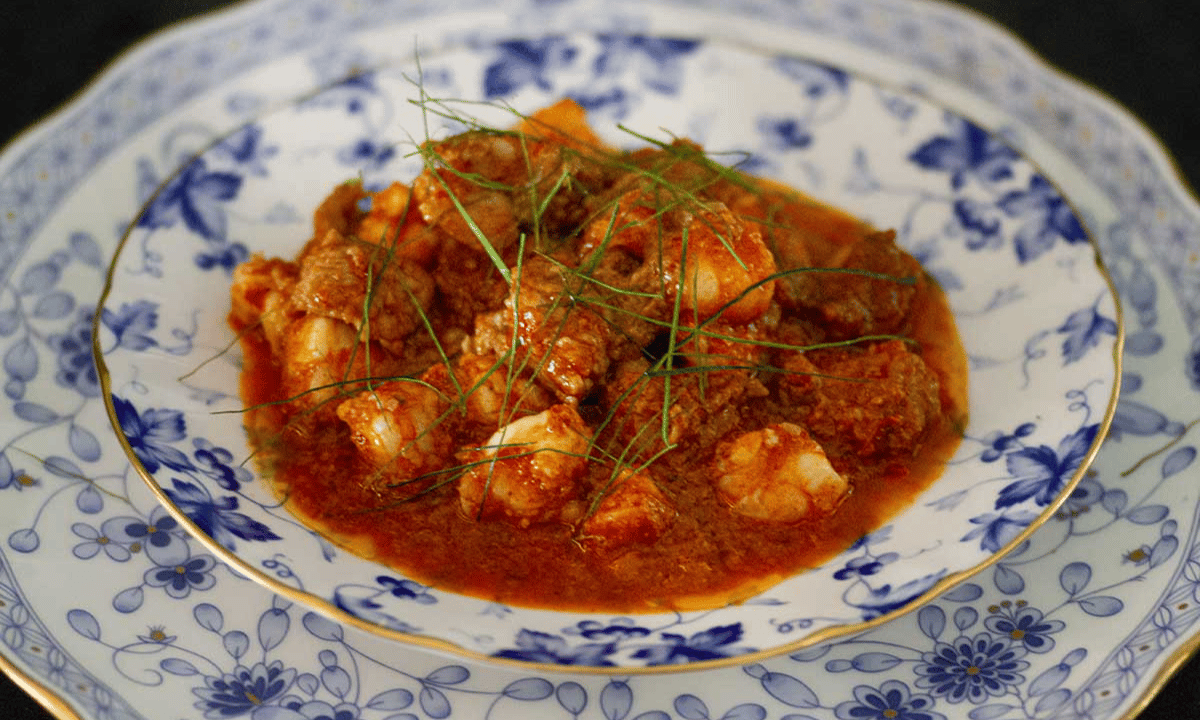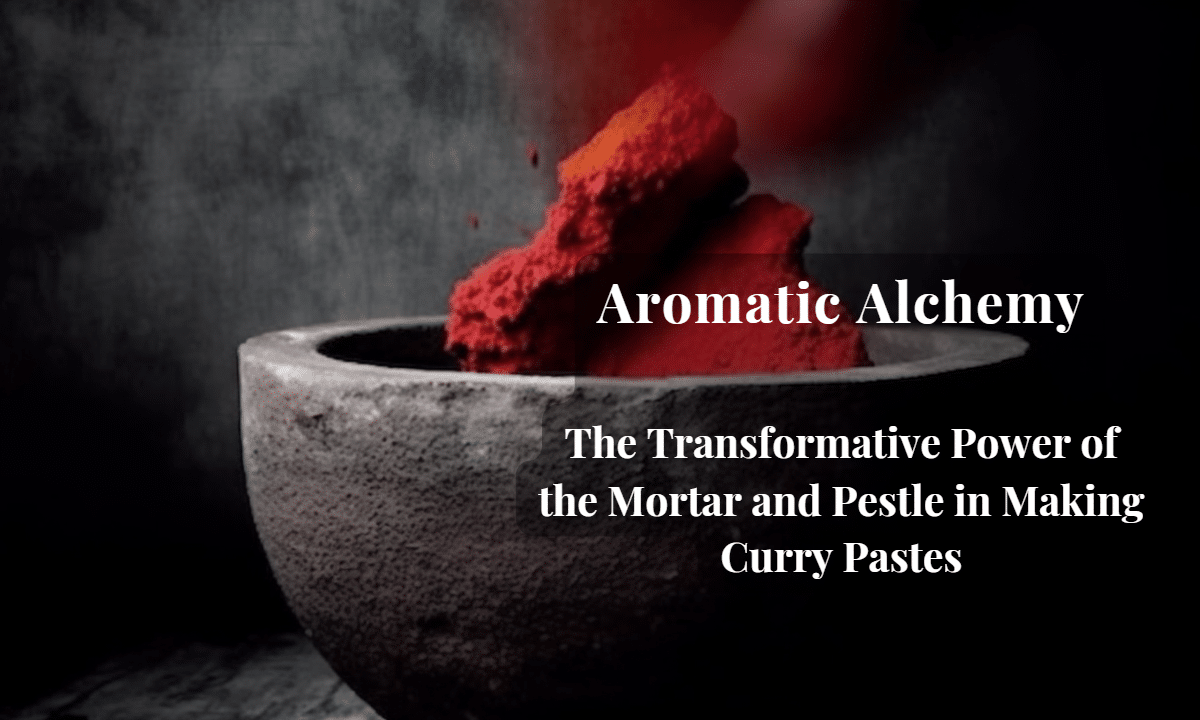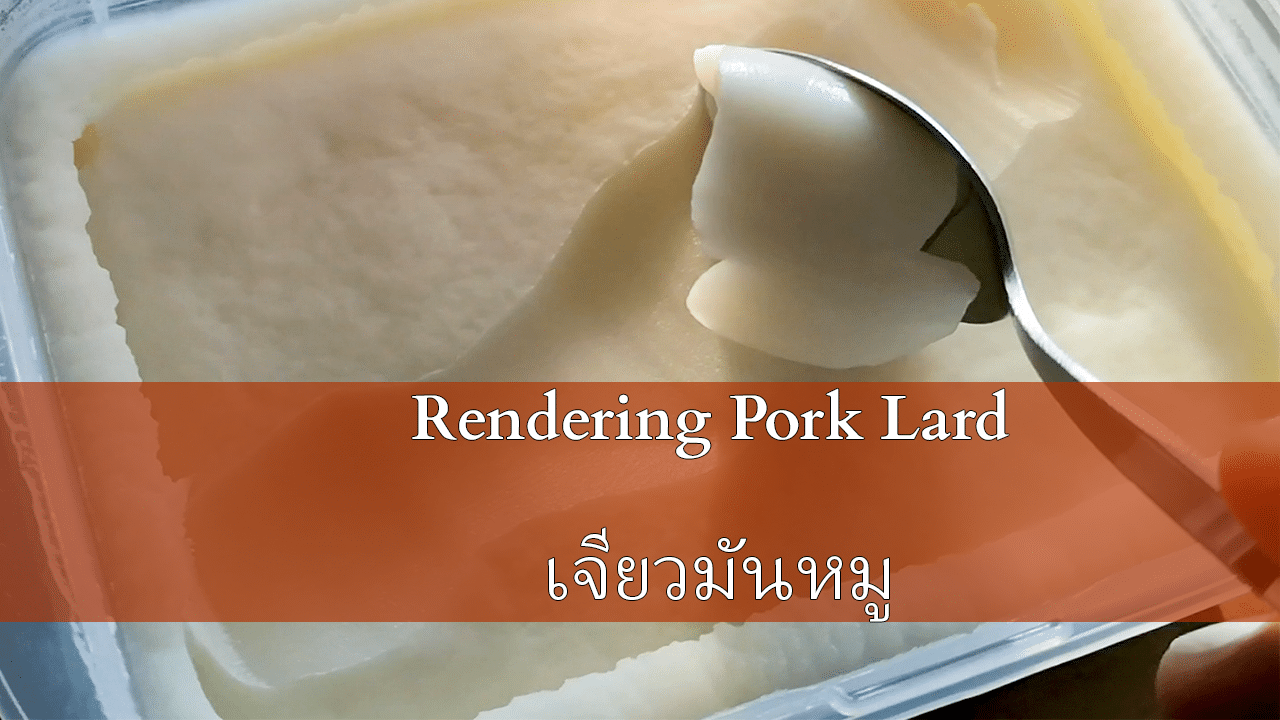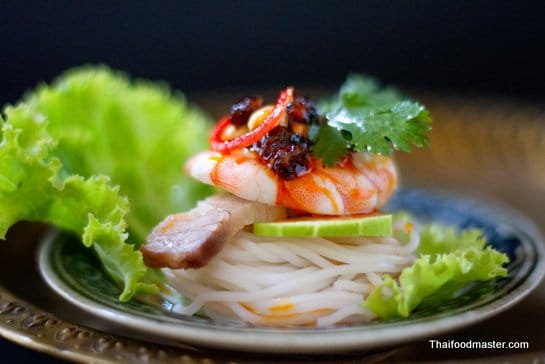
Small tree, short life, 4-10 m high, cultivated. Leaves compound, 1-pinnate, 15-30 cm long, petiolate; leaflets up to 60, oblong, obtuse, 2.5 cm long, 8-10 mm wide, the middle leaflets larger than the terminal ones. Inflorescence axillary panicle, 4-7 cm long. Flowers strongly bilateral, papilionaceous, 3-4 together, 7-8 cm long, white or dark red. Calyx 5, campanulate. Corolla 5, differentiate into 1 standard, 1 keels and 2 wings. Stamens 10, diadelphous. Ovary superior, short stipitate, cylindric, 1-loculed. Pod oblong, attenuate, somewhat constriced, with prominent margin, c 50 cm long, 8-9 mm wide; seeds many, elliptic, compressed, about 6 mm long, 5 mm wide, brown. [1]Japan International Research Center for Agricultural Sciences
Description
Sesbania grandiflora is a fast-growing tree. The leaves are regular and rounded and the flowers are white, red or pink. The fruits look like flat, long, thin green beans. The tree thrives under full exposure to sunshine and is extremely frost-sensitive. [2]Wikipedia
Medicinal uses
The leaf extract may inhibit the formation of advanced glycation end-products. The leaf extract contains linolenic acid and aspartic acid, which were found to be the major compounds responsible for the anti-glycation potential of the leaf extract. [3]Wikipedia
Culinary uses
The flowers of S. grandiflora are eaten as a vegetable in Southeast Asia and South Asia, including Java and Lombok in Indonesia, the Ilocos Region of the Philippines, Vietnam, Laos, and Thailand.
The shoots and young leaves are blanched and eaten with chili relishes, as are the flowers after the removal of the bitter stamens. The flowers can also be used in sour curries, stir-fried, or deep-fried.
In Khmer language, the flowers are called ផ្កាអង្គាដី (angkea dei) and young leaves and flowers are used in the cuisine both cooked in curries, such as Samlor mchou angkea dei and salad sauce bok amproek or toek kroeung. [4]Wikipedia
In India, this plant is known as அகத்தி (Tamil), hadga (हादगा in Marathi), agasti (Odia), agastya (Kannada), అవిసె (Telugu), and both the leaves and the flowers have culinary uses. It is known as Bok phool (বকফুল) in West Bengal, India and Bangladesh, and is eaten after being fried with gram paste. [5]Wikipedia
The young pods are also eaten. In Sri Lanka, agati leaves, known as Katuru murunga in Sinhala language, are sometimes added to sudhu hodhi or white curry, a widely eaten, thin coconut gravy. It is also eaten in the Maldives (locally known as Feeru Muran’ga, ފީރު މުރަނގަ). [6]Wikipedia
The information on this website has been compiled from reliable sources, such as reference works on medicinal plants. It is not a substitute for medical advice or treatment and Thaifoodmaster does not purport to provide any medical advice.
References
